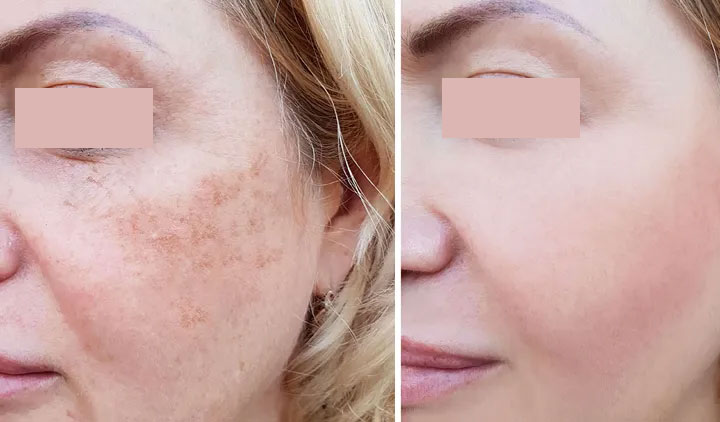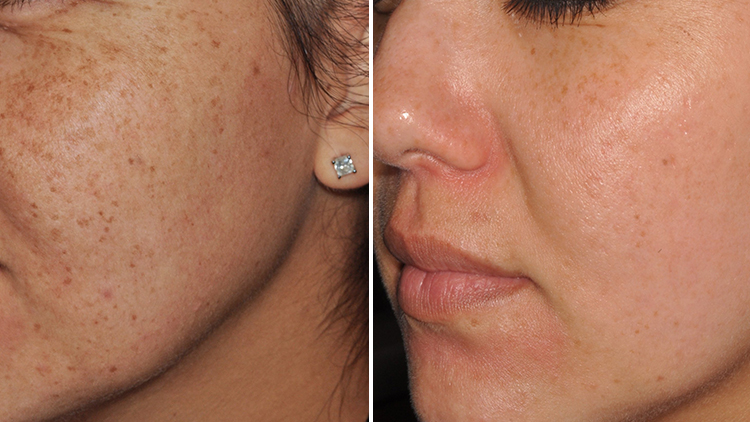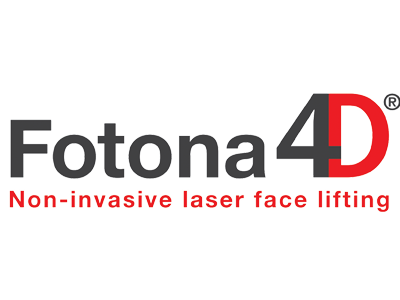Embrace Flawless Skin with
Freckles and Pigmentation Treatment
Freckles and pigmentation are both related to the distribution and concentration of melanin in the skin. Melanin is a pigment produced by special cells called melanocytes, which are located in the epidermis, the outermost layer of the skin.
Freckles are small, flat, tan to light-brown spots that appear on the skin. They are usually more common in individuals with fair skin, red hair, and light-colored eyes. Freckles are caused by an increased production of melanin in response to exposure to sunlight. When the skin is exposed to the sun, melanocytes produce more melanin to protect the skin from harmful ultraviolet (UV) rays. The increased melanin production leads to the formation of freckles.
PROCEDURE FACTS
TREATMENT DURATION
30 Mins - 45 MinsHOSPITALIZATION
Not Required# OF POST VISITS
2 - 3 VisitsANESTHESIA
Local AnesthesiaBRUISING & SWELLING
NoneRECOVERY PERIOD
Instantly get back to normal life, no bed rest
Freckles are generally harmless and do not pose any health risks. However, they can become more prominent with sun exposure and may darken during the summer months. Freckles are often genetic, meaning they can be inherited from parents or other family members. Some people may have a genetic predisposition to freckles, while others may not develop them at all.
Types
Hyperpigmentation:
This occurs when certain areas of the skin become darker than the surrounding skin. Common causes of hyperpigmentation include excessive sun exposure, hormonal changes (such as during pregnancy or with the use of birth control pills), and certain skin conditions or injuries.
Hypopigmentation:
Hypopigmentation refers to areas of the skin that are lighter or have less color than the surrounding skin. It can be caused by conditions such as vitiligo, which is characterized by the loss of melanocytes in certain areas of the skin, or by certain infections, injuries, or autoimmune disorders.
Melasma:
Melasma is a common form of hyperpigmentation that causes brown or grayish-brown patches on the face, particularly on the cheeks, forehead, nose, and upper lip. It is often associated with hormonal changes, such as during pregnancy or with the use of hormonal medications.
Post-inflammatory hyperpigmentation (PIH):
PIH occurs as a result of skin inflammation or injury, such as acne, eczema, or a wound. After the inflammation subsides, the affected area may develop increased pigmentation, appearing darker than the surrounding skin.

What to Expect During Treatment
At DMAX Aesthetic Clinic, we prioritize your comfort and satisfaction throughout your Plexr Treatment experience. Here's what you can expect:
Consultation and Customized Treatment Plan: Our skilled practitioners will begin with a comprehensive consultation, where they will evaluate your skin concerns, medical history, and aesthetic goals. Based on this assessment, they will create a personalized treatment plan tailored to your specific needs.
Treatment Session: During the treatment, the Plexr device will be used to deliver controlled plasma energy to the targeted areas of your skin. The procedure is typically well-tolerated, and any discomfort is minimized with the use of topical numbing creams or local anesthesia, ensuring your comfort throughout the session.
Post-Treatment Care: After your Plexr Treatment session, our experts will provide you with detailed post-treatment care instructions. These may include gentle skincare practices, avoiding direct sun exposure, and using appropriate skincare products to promote healing and optimize your results.
Follow-Up Sessions: Depending on your individual needs and treatment goals, multiple Plexr Treatment sessions may be recommended. Our team will guide you through the recommended treatment plan to achieve the best possible outcomes.
Why DMAX
At DMAX, we are committed to providing exceptional aesthetic treatments with a focus on safety, expertise, and delivering outstanding results. With our skilled team of professionals and state-of-the-art technology, you can trust us to guide you through your Plexr Treatment journey with the utmost care and precision.













Restore-Rejuvenate-Rejoice
Welcome to DMAX Day Surgery Center, the best plastic and cosmetics Surgery center in Jumeirah 3, Dubai - UAE, your one-stop destination for a wide range of Aesthetic, Plastic Surgery, Dental, or any labs services.
Dmax Day Surgery Center
10:00 - 21:00
Dermamax Medical Center
10:00 - 22:00
